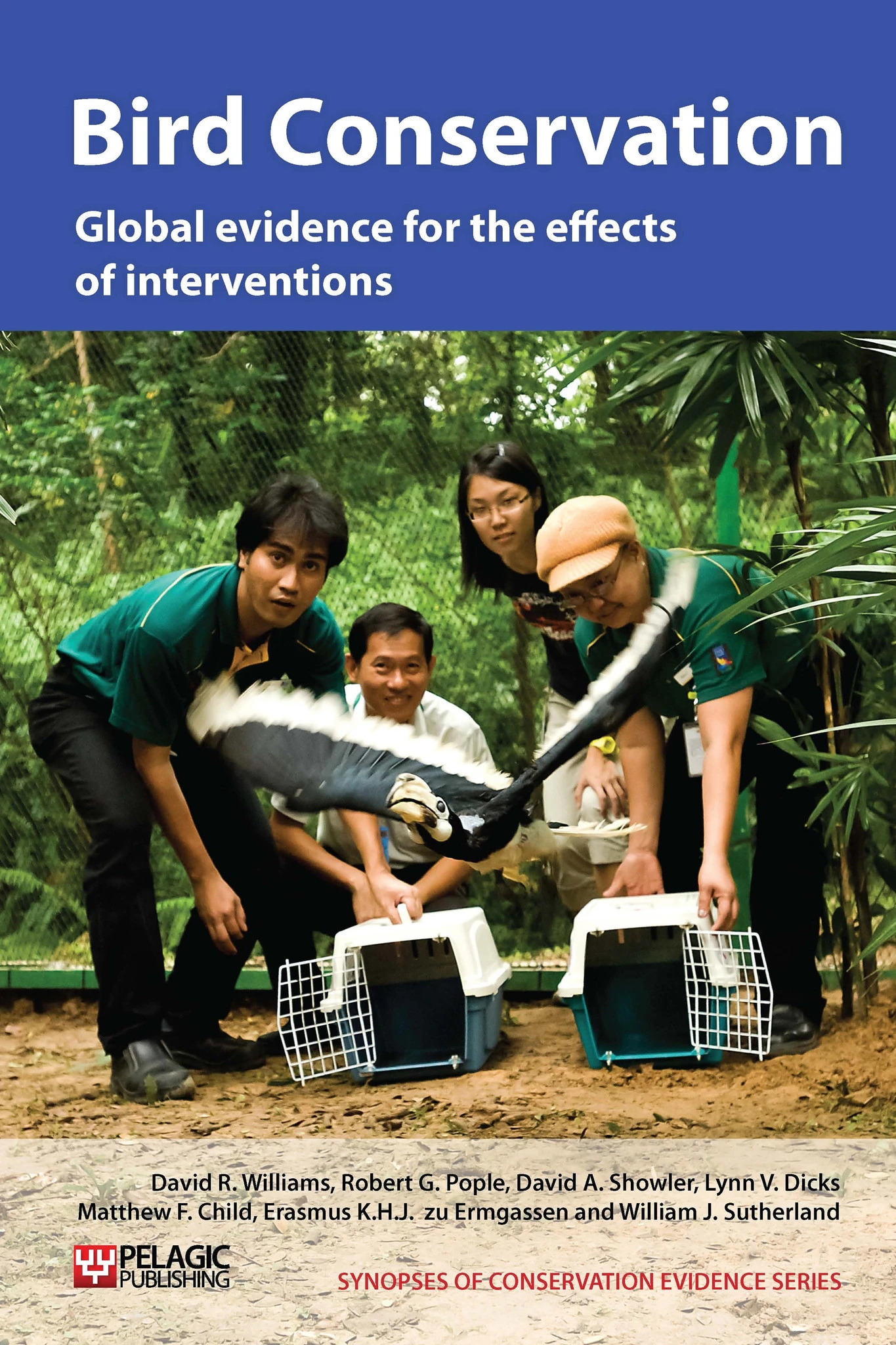Use captive breeding to increase or maintain populations of songbirds
-
Overall effectiveness category Unknown effectiveness (limited evidence)
-
Number of studies: 3
View assessment score
Hide assessment score
How is the evidence assessed?
-
Effectiveness
77% -
Certainty
31% -
Harms
5%
Study locations
Supporting evidence from individual studies
A small study in New York, USA (Cade 1992), reported that a pair of wild-caught loggerhead shrikes Lanius ludovicianus (from a total of eight birds caught and hand-reared from the age of 8-9 days in 1970) formed a pair-bond and laid seven eggs, all of which hatched. However, none of the young survived. A replacement clutch of three eggs was laid, of which two survived and were hand-reared (discussed in ‘Artificially incubate and hand-rear birds in captivity’).
Study and other actions testedA replicated study reviewing a helmeted honeyeater, Lichenostomus melanops cassidix, captive breeding programme from 1989-1991 in Victoria, Australia (Smales et al. 1992), found that in total, 25 honeyeaters were successfully reared in captivity to establish a founding breeding population. The cost of removing eggs from wild populations and using foster parents to hatch and rear them was calculated as a quarter of the cost of removing nestlings. Thirteen birds died, three when nestlings were less than ten days old, with most deaths associated with respiratory diseases. Birds were kept in a complex of aviaries configured to simulate natural communities. The temperature in the hand-rearing area was set at 28°C initially and gradually reduced to ambient temperature by the time chicks were 40 days old. Mature birds were given an artificial diet supplemented with live insects to satisfy both the birds’ nutritional requirements and allow them to learn foraging techniques.
Study and other actions testedA small study at a breeding centre on Kauai, Hawaii, USA (Kuehler et al. 2000), found that four out of five pairs of hand-reared puaiohi, Myadestes palmeri, (a critically endangered thrush) successfully formed pairs and laid a total of 39 eggs in 1998. Birds were taken as eggs from wild nests and artificially incubated (see ‘Artificially incubate and hand-rear birds in captivity’). Releases are discussed in ‘Release captive-bred individuals’.
Study and other actions tested
Where has this evidence come from?
List of journals searched by synopsis
All the journals searched for all synopses
This Action forms part of the Action Synopsis:
Bird Conservation
Bird Conservation - Published 2013
Bird Synopsis





)_2023.JPG)














